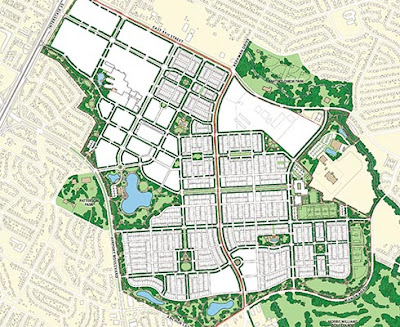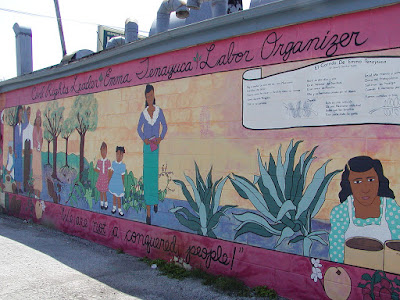Bernie's Path to Victory in Milwaukee
Labor Day has come
and past, it's time to pull out the backsides of envelopes and look
at the Bernie campaign's path to victory. First and foremost it's not
really about winning states (especially with Democratic races being
proportionally awarded). It's not about the sliver of margin in this
or that.
If we want Bernie
to be president it's about getting one thing after the blood, sweat,
and tears: a 50 percent plus one on a roll call vote at the national
Democratic Convention.
This Convention
will be a different beast from those of the past. Sure the spectacle
and mind-numbing repetition of speeches and calculated enthusiasm of
a major party convention will likely be the same. The core spectacle,
electing the presidential nominee, is likely to be something we
haven't seen for a very long time in this country. It is extremely
likely for the first time since 1952 with Aldai Stevenson that there
will be a “contested” (or “brokered”) convention.
Why?
Because its likely
extrapolating from the current dynamics of this race—a faltering
centrist frontrunner, our favorite democratic socialist in second
(according to the largest, daily sampled poll), a rapidly gaining
progressive in a close third (or in second if you work as a
political reporter), a declining second tier of 2-5 candidates,
etc—that no one candidate will hold more than a plurality of
delegates in Milwaukee July 13, 2020. It's likely unless there is a
major falter that at least three campaigns will hold substantive
minorities along with a few qualifying other delegations.
Further due to the
efforts of Our Revolution and other Bernie-aligned forces in the
Democratic Party (no matter what you think of this politically)
super-delegates have both been reduced and barred from voting in the
first round making the free for all and jockeying of the next rounds
even more likely. That's obviously not enough neither for checking
this kind of undemocratic power (nor is it for overcoming the long
institutional and structural issues of one of the the world's oldest
capitalist parties) but it does alter our win scenarios for the
better—for the first round.
|
DNC 2020 by the Numbers |
|
|
All Pledged Delegates
|
3769
|
|
All Non-Pledged (Superdelegates)
|
766
|
|
Total Number of Delegates
|
4532
|
|
DNC Win Numbers |
|
|
Win Number for the First Ballot
|
1887
|
|
Win Number Second and Following
Ballots
|
2268
|
|
Top Four Delegate States |
|
|
California
|
495
|
|
New York
|
270
|
|
Texas
|
262
|
|
Florida
|
248 |
|
Early Primary States Delegates
|
|
|
Iowa
|
49
|
|
New Hampshire
|
33
|
|
Nevada
|
48
|
|
South Carolina
|
63
|
What is a Contested Convention
Anyway?
The Democratic
Party presidential nominee is technically picked by a simple majority
of delegates at the convention. This almost always is a tightly
orchestrated affair with the result known well in advance. A
contested convention is just that—a nomination contested right
there on the floor of the convention.
When the
presidential nomination question is called, a candidate needs a
simple majority of the delegates eligible. Pledged delegates vote in
line on the first ballot. If there is no conclusive vote (and again
this is likely) things get very interesting.
After a
non-conclusive vote the first-past-the-post good old American
tradition drops and the parlimenary-like coalitioning and brokering
beging. Voting continues round after round until a majority supports
a candidate.
And with that cliffhanger, I will
end it and return in a few days to talk about all the wonderful
scenarios that could happen.




Comments
Post a Comment